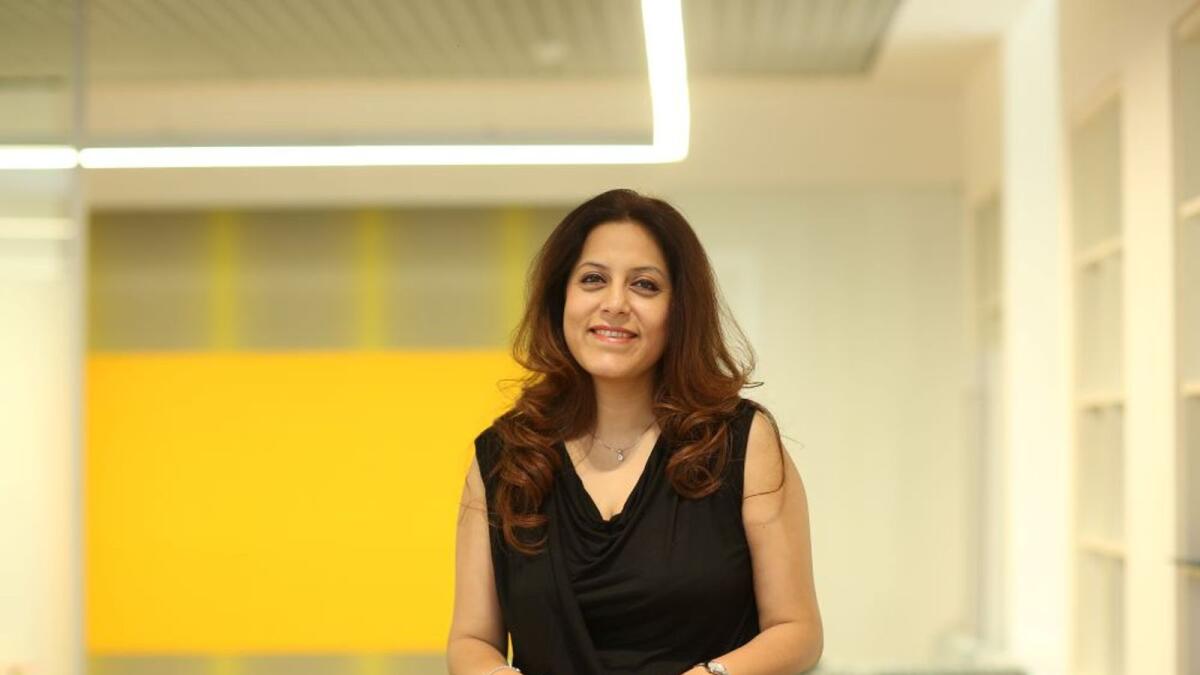The concept of the metaverse is revolutionizing the architecture, engineering, and construction (AEC) industry, providing new opportunities for how design processes are perceived and executed. According to Tithi Tewari, CoFounder & MD of Trezi, the metaverse allows every stakeholder to visualize projects beforehand, collaborate, provide feedback, and make changes in virtual environments that mimic real-world conditions. This can lead to improved decision-making, saving time and costs in the long run.
The UAE and GCC regions are seen as fertile grounds for the adoption of immersive technologies in the AEC sector. With ambitious projects like smart cities and sustainable developments on the rise, there is a growing demand for innovative solutions to streamline workflows, enhance collaboration, and deliver projects more efficiently. Governments in the region are promoting digital transformation and sustainable development goals, accelerating the need for advanced technologies in construction and design. This proactive approach not only supports economic growth but also positions the UAE as a hub for innovation in the global AEC landscape.
Trezi sees the UAE market as an exciting opportunity to lead the integration of Metaverse and immersive technologies into the AEC sector. By leveraging these technologies thoughtfully and innovatively, the company aims to drive operational efficiencies, business growth, and contribute to a more sustainable and resilient built environment for future generations. Tewari emphasizes that immersive technologies are no longer just a want but a necessity due to the benefits they bring to boosting businesses, reducing project timelines, enhancing efficiency, and improving client satisfaction.
Incorporating cutting-edge technologies such as AR, VR, and AI signals a commitment to innovation and positions firms as leaders in shaping the future of construction and design. This competitive edge is crucial in a dynamic market where differentiation is key to sustainable growth and success. Immersive technologies also play a crucial role in enhancing businesses’ Environmental, Social, and Governance (ESG) credentials. By optimizing building designs for energy efficiency and sustainability through virtual simulations, firms can reduce environmental impact and operational costs associated with energy consumption, contributing to a smaller carbon footprint and demonstrating a commitment to environmental stewardship.
Virtual collaboration minimizes physical travel and on-site construction waste, further reducing the environmental impact and aligning with global ESG standards. Communicating these sustainable practices to stakeholders and the community builds trust and transparency, enhancing corporate reputation in a socially conscious market. Tewari emphasizes that by adopting immersive technologies and incorporating sustainable practices, firms can not only improve their bottom line but also contribute to a more environmentally friendly and socially responsible business model in the AEC sector.































